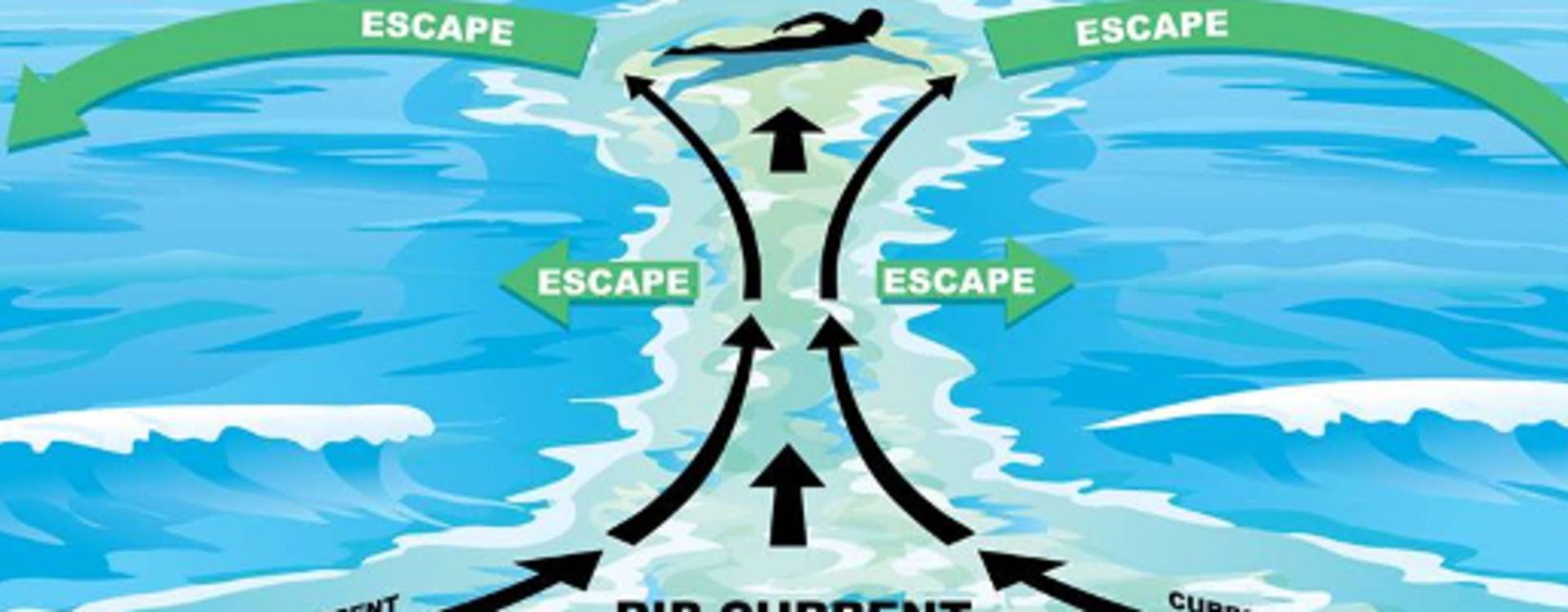
Why wearing a helmet while kitesurfing?
Not wearing a helmet is similar to driving your car without your seat belt. You might have done it countless times and imagine that you are the best driver on the road and the chances of you ever getting in an accident is near impossible… We understand that… Sometimes we feel the same. Though did you know, back in the 90’s in the snowboarding scene, wearing a helmet was unheard of and laughed at?
Fast forward today and majority of riders new and professional are wearing one at all times; including glasses (that's a whole other story for another time). The reasons to wear a helmet outweigh the reasons why not to wear a helmet this is indisputable. Kiteboarding is still in its infancy and without a doubt in the future you will see the evolution of common practice to wear a helmet even into the professional levels.
We do not recommend you wait until you have an accident to wear a helmet which is why getting yourself a helmet today can save your life on your next kitesurfing session. You’ve been warned and now the decision is yours!
Can you predict the weather or properly understand a weather forecast?
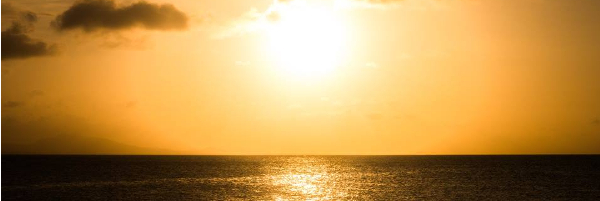
To be able to kite you need wind. Wind can sometimes be predictable and or unpredictable. Learning to read the sky and understand a weather forecast will help you better plan your day and kite trips.
Knowing the difference between a high or low pressure system is one example… Do you know what the difference is? Can you tell what is going on simply by looking out and up into the sky?
Knowing and applying weather reading skills are essential to becoming a more avid kiteboarder; which is why, in our AITC-Plus course we help you develop this skill in-depth. Let us know in the comments below what the difference is between a high or low pressure system and which one is best for kiteboarding practice!
What the foot-straps?
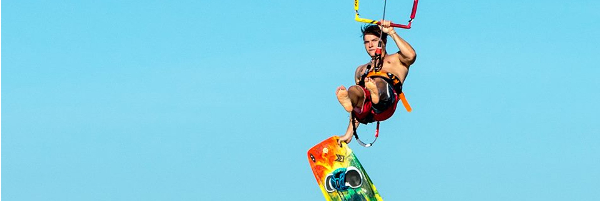
Last month we were requested to elaborate on how loose or tight to make your foot-straps! The post generated lots of conversation and we wanted to elaborate more in-depth on this topic.
Let us start off with the ultimate truth which is it there is no real rule of thumb on ‘how tight your foot-straps’ should or shouldn’t be as it is 100% personal preference; anyone who tells you different also indulges in endless debates such as: Which taste better: Coca Cola or Pepsi? Best NBA player of all time Michael Jordan or Kobe Bryan? Watch out for these people… The myth has been debunked.
Now we will give you some information to consider when debating: how loose or tight to make your foot-straps! The two main reasons boards have foot-straps is because for the first part it helps a beginner know what is the average right place to put their feet while riding. The second reason is for jumping. The reality is you do not need foot-straps; strapless wave riding and strapless foiling proves this.
While in the process of learning to kite you will receive a twin tip board with foot-straps (it could also be a directional in some situations) as it will help you get up in riding in the beginning. While you are wrestling to get up and riding your instructor is actually pleased when a student loses his board as it will help teach the student to body drag and recover the board. We recommend beginners to ride with the foot-straps slightly loose so it is easy to come in and out of the straps. The reason is that if anything happens or about to happen it will be easy to kick the board away.
For the more advanced riders we have two recommendations. If you are planning to do board-offs, ride with the foot-straps slightly loose for easy in and out access. If you are going to do big air, freestyle and ride more aggressive we recommend you tighten up your foot-straps. You can see riders around the world taking it up a notch by riding with boots to do freestyle tricks!
Question: If you are jumping and one foot comes out of your board should you… try to get your foot in before landing or kick the board away?
Nutrition
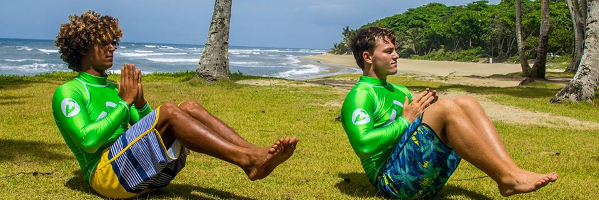
Let us begin with having proper nutrition; no matter who, where or what you do is very important. A diet consisting of eating clean; vegetables, fruits and proteins will help you live a better life overall. Processed foods, unhealthy sugars, alcohol and usage of drugs is one sure way to ruin your health overall.
Most people consider kitesurfing a chill sport. While it is true… It actually works your body out all around and takes quite a lot of energy. We recommend that one to four hours before going kiting to eat some carbohydrates and drink half a liter of water to get fueled up for your kite session ahead! Ideally while you are kiting, especially in hot climates to hydrate every 30 minutes with one fourth a liter of water! If you are planning to kite two or three sessions, in between consume some carbohydrates to keep your energy levels high!
Depending on how much you work while kiteboarding and your body type; you will have to be the judge of how much to eat. In the coming weeks and months we will create few articles and tips on what to eat or drink before, during and after kiting! We would like to know if you have any tips and tricks on what foods or drinks to drink before, while or after kiting?
How to defeat a RIP CURRENT!
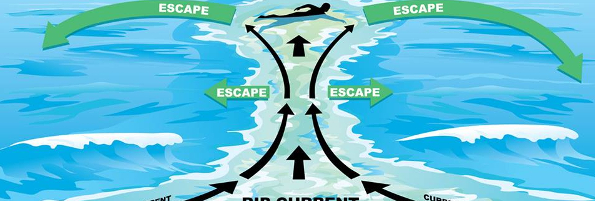
Before you defeat a rip current let us first learn what exactly a rip current is! A rip current is a relatively strong, narrow current flowing outward from the beach through the waves and going off-shore and presenting a hazard to swimmers. You can generally tell a rip current from land as it is where the waves are smaller and less organized. Additionally a rip current usually goes no more than 100/200m out from where the waves are breaking.
If you were to get caught in a rip current the most important thing to do is not panic and conserve your energy. Instead of fighting and swimming against the rips current focus on either floating as most rip currents will bring you back to shore in less than 10 minutes. If you are more aware of your surroundings you can save energy by swimming with the current and sideways towards the waves as the rip will not be where the waves are breaking.
If you are ever in doubt of wave conditions the rule of thumb is… do not go out! Stay safe out there and share this tip with your family and friends to help them identify and avoid a rip current.
